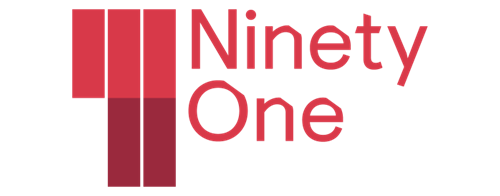Sanisha Packirisamy, Chief Economist at Momentum Investments, and Izak Odendaal, Chief Investment Strategist at Old Mutual Wealth
From Sanisha
The intensifying sectarian conflict between Israel and Iran, driven by Israel’s airstrikes on Iranian nuclear and military facilities and Iran’s subsequent missile responses in June 2025, has rattled global markets. Oil prices spiked over 10%, with international Brent crude oil prices briefly reaching $78 per barrel due to concerns over potential disruptions in the Strait of Hormuz, which is a vital oil corridor for global oil supply. Though prices later stabilised, ongoing tensions could fuel inflation, constraining central banks’ flexibility to lower interest rates in 2025, particularly against the backdrop of a protectionist environment marked by higher trade and tariff barriers.
Equity markets saw initial declines (more sheltered for those that have a larger oil concentration), but later recovered as hopes for de-escalation grew, particularly with the United States reaffirming their defensive rather than offensive position. Safe-haven assets, including gold, US treasuries and the US dollar, gained traction amid rising uncertainty.
Historically, geopolitical shocks tend to have fleeting market impacts unless they significantly impair economic growth or trigger stagflation (a negative growth gap and a positive inflation gap).
Currently, Iran’s oil exports remain mostly unaffected, with their domestic markets being largely targeted so far. Moreover, OPEC’s spare capacity has the ability to mitigate global oil supply concerns, given that spare capacity could match any shortfall from Iran. However, prolonged conflict or a blockade of the Strait could drive oil prices significantly higher, threatening global economic stability. That said blocking the Strait would prevent their own shipments from getting out and could trigger retaliation from other exporters.
Signs of diplomatic efforts, particularly from the US administration will be critical to watch given that a de-escalation in the conflict and a lower risk of spilling over into a broader-based regional conflict, is necessary for market normalisation.
From Izak
War is always a humanitarian tragedy, but for South African investors, the main question is what happens to the oil price and the rand? Neither Iran nor Israel are substantial trading partners of South Africa, and both are relatively small economies. Isreal is the 28th largest economy in the world, and Iran number 36.
If oil spikes higher, it will raise domestic fuel prices and put upward pressure on domestic inflation. Similarly, global risk aversion could see the rand fall sharply against major currencies as global investors reduce emerging markets exposure. Together, these two outcomes will prevent the Reserve Bank from cutting interest rates further.
Though the oil price has increased about 10%, it was from a low base and in absolute terms, it remains within the trading range of the past year or two. The rand wobbled a bit, but is still hovering around R18. The next MPC meeting is at the end of July, so there will be time to see how the situation evolves.
Further oil price increases will depend on how the conflict evolves and how other producers respond. If there is significant damage to oil infrastructure in the region, or Iran tries to close the Strait of Hormuz through which about a fifth of global oil flows. In such a scenario the price could jump to well above $100 per barrel. It spiked to $130 per barrel after Russia’s 2022 full-scale invasion of Ukraine. Gas prices jumped even more. However, unlike Russia, Iran has little to gain from weaponizing energy prices, and a lot to lose, especially with the US standing fully behind Israel.
Other oil producers in OPEC, notably Saudi Arabia, are not necessarily sympathetic to Iran. OPEC has spare capacity and can increase output to stabilise the oil price. Before this war broke out, the global oil market was looking oversupplied.
In other words, it doesn’t look like we’re in a 2022 situation. But things are likely to be tense and markets will probably be volatile in the days ahead.
ENDS

























































































